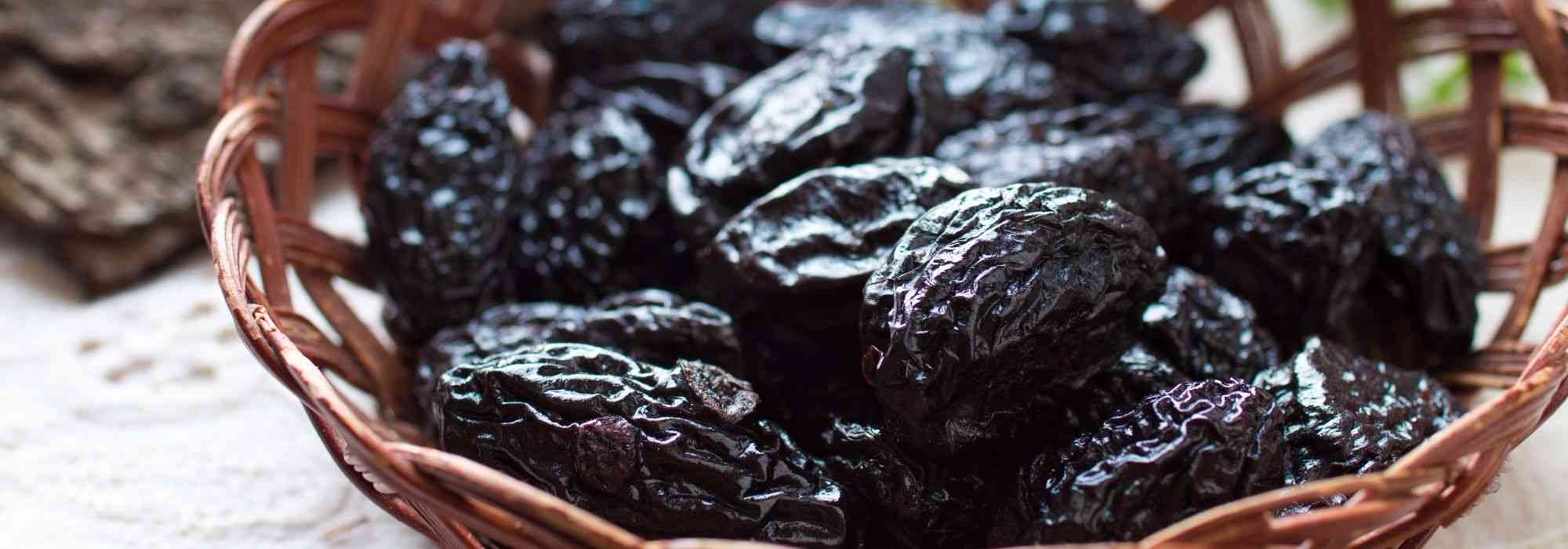
How to make your own prunes at home?
A concentrate of vitamins available all year round
Contents
You can freeze them to enjoy from summer to winter, incorporating them into your flans, tarts, and cakes, and even making jellies: prunes enhance numerous recipes and are packed with vitamins. Given all their virtues, it would be a shame to miss out on such an easily obtainable dried fruit, provided you have a plum tree in your garden. Discover all the essential steps to dry your plums – and have 100% homemade, local prunes grown with respect for the planet.
What you need to know to make your own prunes
You can grow plums for drying, regardless of their variety: Reine-Claude, quetsches, or mirabelles.
The best varieties of plums to make delicious prunes
To enjoy the famous Agen prunes, the Ente plum is used. These fruits are recognised by their slightly elongated shape and their colour ranging from red to purple. As these fruits are particularly sweet, they become extremely tasty after the drying process. Today, the Agen prune has PGI (Protected Geographical Indication) status: in Lot-et-Garonne and the surrounding departments, a strict specification is adhered to in order to produce and distribute prunes renowned worldwide.
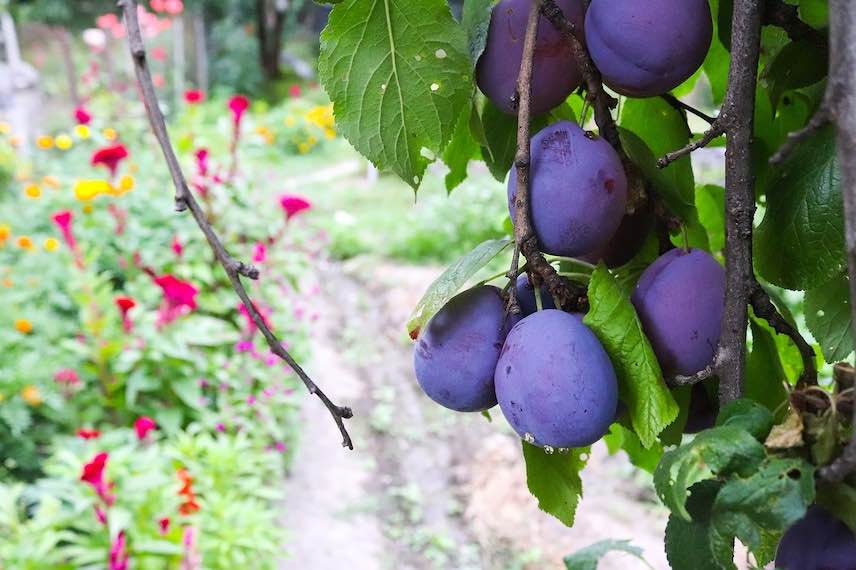
But you can make your own prunes, even if you don’t live near Lot-et-Garonne in France and even if you have another plum tree in your garden. For example, you can opt for a Mirabelle Plum Tree or even a Stanley Quetsche Plum!
Ideally, make sure to choose medium-sized plums that are fairly close in size for the best taste results.
When and how to harvest plums for making prunes?
Plums are primarily harvested at the end of summer, between August and September. To achieve the sweetest and most flavourful taste, it is essential to select perfectly ripe fruits.
To determine if the plums are ripe, it’s quite simple: shake the tree and collect those that have fallen to the ground; this is an easy and effective test! Additionally, note that if you have just planted your first plum tree, you will need to be patient: the first fruits will not appear for about 3 years.
How to dry plums to make good prunes?
There are several different methods to enjoy your own prunes at home. Feel free to choose the one that best suits your needs, knowing that some are more accessible than others.
Drying Agen Prunes under PGI
All Agen prunes claiming a protected geographical indication (PGI) are produced in accordance with very strict guidelines, both regarding the fruit variety (Ente plum) and the harvesting and drying methods.
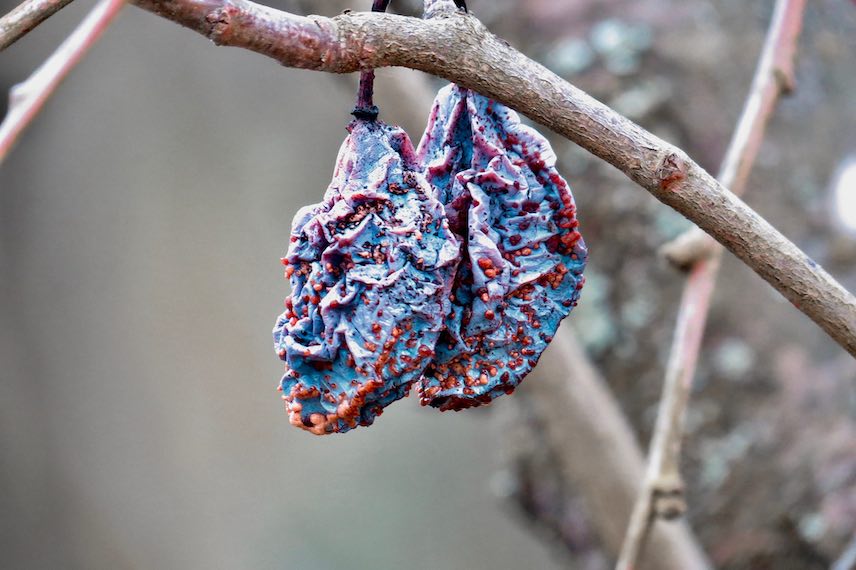
Fruits rich in sugars and soluble pectins are harvested and then spread out on “trays,” wooden frames with stainless steel mesh inside. The drying process lasts about twenty hours and takes place in an oven with a temperature ranging from 75 to 85°C. After this process, the moisture content of the prunes is between 21 and 22%, before a partial rehydration raises this level to 35%. By adhering to all these rules, more than 3 kilograms of plums are needed to produce 1 kilogram of Agen prunes.
How to make prunes in the oven?
If you don’t have all the equipment to dry your prunes like they do in the Agen region, don’t worry; there are methods perfectly compatible with a standard kitchen. Feel free to adjust the drying time to suit your texture preferences: if you like them soft, for example, shorten this step!
After rinsing and drying your plums, place them on a rack in the oven, ensuring to put a baking tray underneath (to avoid making a mess). Then, let the fruits dry for 6 to 8 hours at 80°C. Don’t hesitate to open the oven from time to time to allow steam to escape. The drying time varies depending on the size of the fruits and the desired result.
Using a dehydrator to prepare prunes
Wash and dry the plums, cut them in half, and remove the stone before placing them on the tray of your dehydrator. Make sure they do not touch, as air must circulate freely between them.
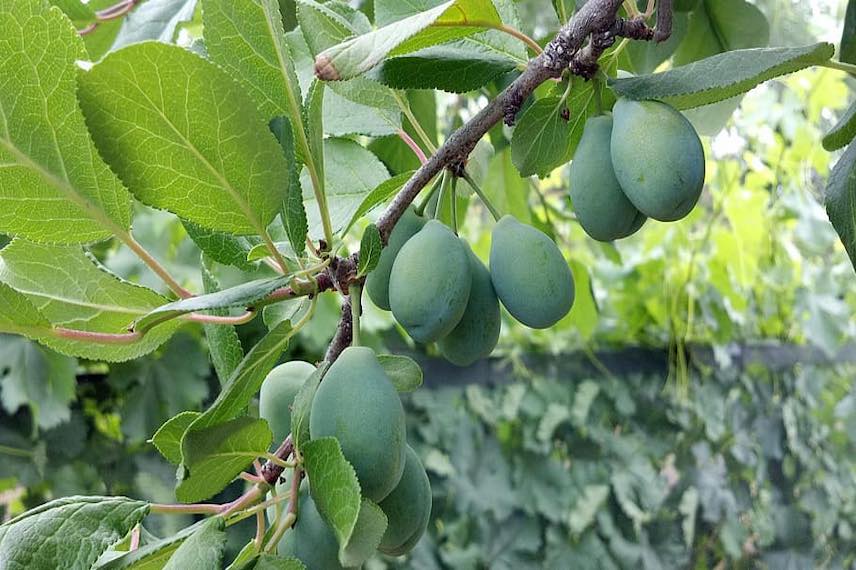
Place your tray in the dehydrator and follow the manufacturer’s instructions regarding the temperature to use. Check the tray: it should rotate slowly so that the fruits do not move. About every 5 hours, check the plums and turn them if necessary, when the surface shows no signs of moisture and you can peel them off easily.
In a dehydrator, not all plums turn into prunes at the same speed. Feel free to remove those that are ready before the others, always aiming for fruits to your taste. On average, using a dehydrator, it takes about 14 hours to enjoy prunes.
Some tips to properly store your prunes
Once you have finished preparing your prunes, after harvesting them between August and September, keep good storage practices in mind to enjoy them for several months!
Place your prunes in an airtight container and store it in a cool, dark place. You can keep them in the refrigerator, and even freeze them: this way, they can be consumed for 12 to 18 months. In a refrigerator, the shelf life is shorter: 6 to 12 months on average.
Ultimately, the process of making your own prunes is extremely simple: you only need an oven (or a dehydrator) and some patience; the risks of making mistakes should not deter you!
Discover other Plum Trees
View all →Available in 1 sizes
Available in 0 sizes
Available in 0 sizes
Available in 0 sizes
Available in 1 sizes
Available in 2 sizes
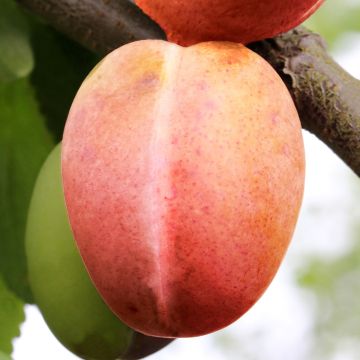
Available in 1 sizes
Available in 1 sizes
Available in 2 sizes
- Subscribe!
- Contents
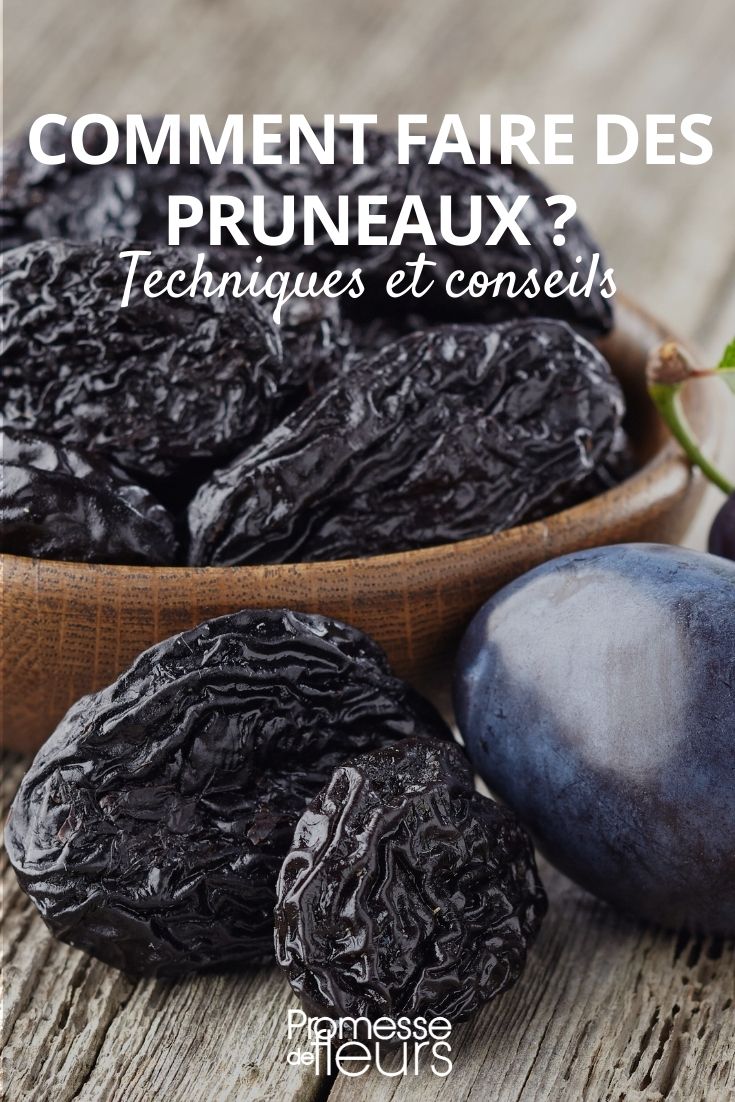































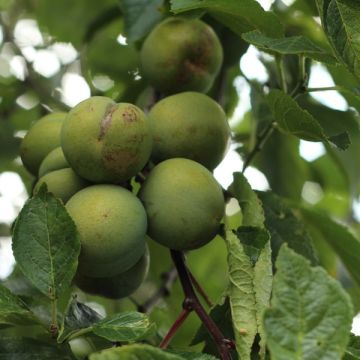
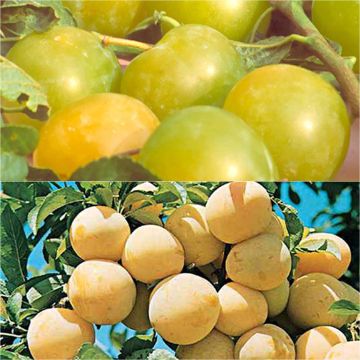
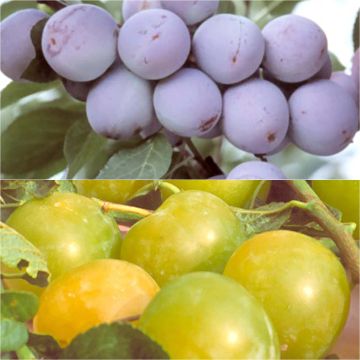
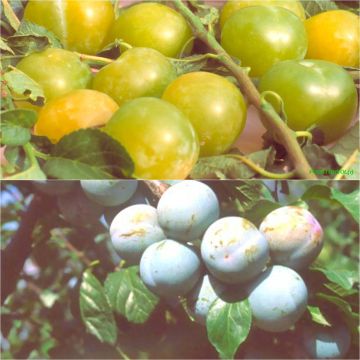
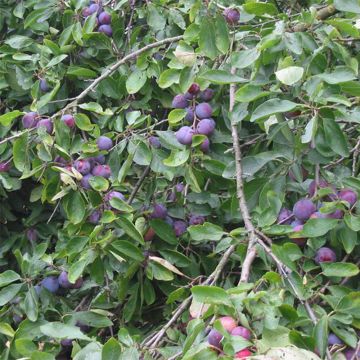
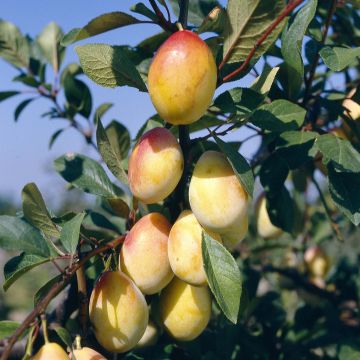
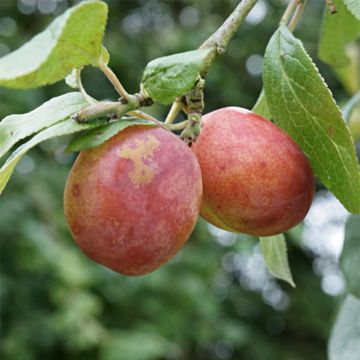
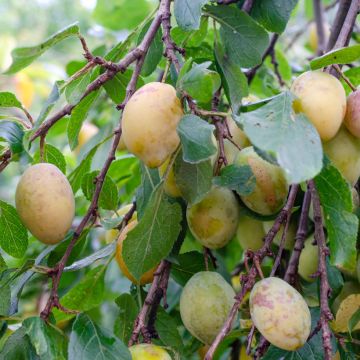
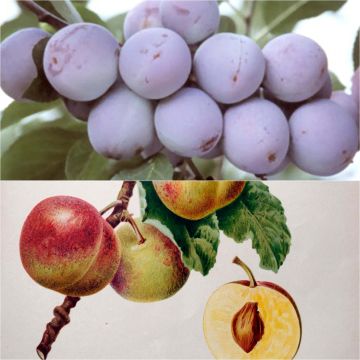
Comments